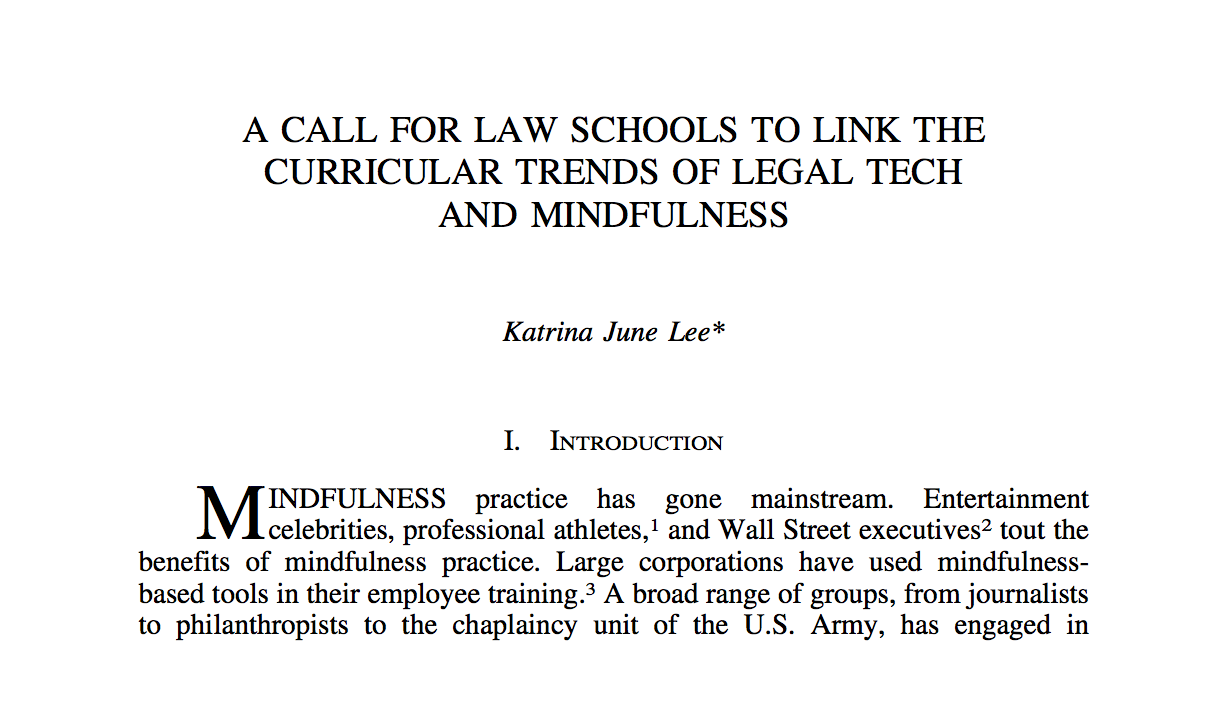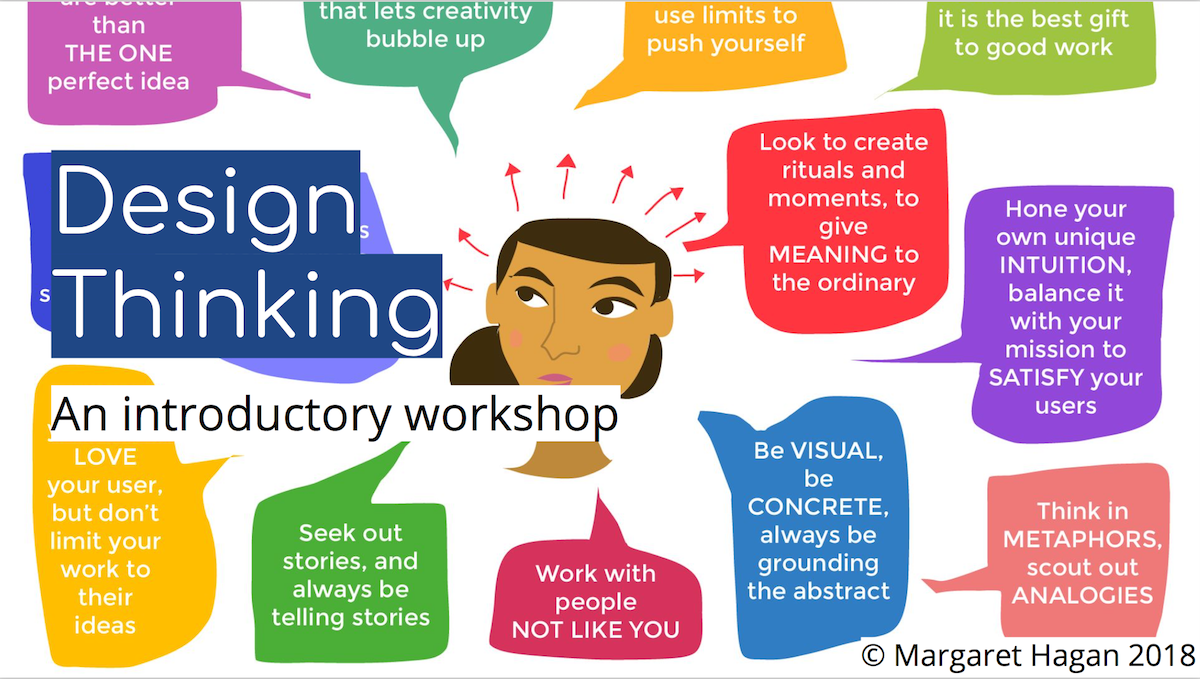The law professor Katrina Lee, of the Ohio State University, has published an article in the University of Toledo, on the links between empathy, mindfulness, and creativity along with legal technology. She integrates references to legal design as one method toward this — highlighting the Legal Design Lab’s work in creating new modes of education for law students, that marry these two separate points of focus.
Here is the abstract:
Mindfulness and legal technology are both trending in legal education. Their increasing presence in law school curricula reflect laudable efforts to better prepare students for the realities of law practice. These two legal education trends, however, have evolved largely separately. This article proposes that law schools link legal technology education with mindfulness training. A holistic approach to two of the newest trends in legal education — mindfulness and legal technology — will help produce a more balanced, more compassionate, and more empathetic group of law school graduates.
For years, Silicon Valley tech culture has embraced mindfulness practice, as exemplified by mindfulness programs offered by Google, Intel, and other tech companies. Legal educators should take heed and bring mindfulness into the legal technology fold. The benefits of legal technology education would only be strengthened by mindfulness training. Legal technology courses and programs have emphasized user-centered design and the application of tech tools, design principles, and creativity to increase access to justice for the millions of consumers with unmet legal needs. Mindfulness training, sometimes referred to as “brain-hacking,” can help manage bias, enhance creativity, and improve focus.
Part II of this article reports on the mindfulness curriculum trend in legal education and provides an overview of the benefits of mindfulness training in law school curricula. Part III discusses the rise in legal technology offerings at law schools and summarizes the reasons proffered for their inclusion in law school curricula. Part IV explains why law schools should explicitly connect mindfulness training with opportunities for legal technology learning; it also provides suggestions for how law schools might make that connection. In a phase of experimentation and innovation with legal technology curricula, law schools are poised at an unprecedented juncture to develop such curricula with maximum potential for compassion, creativity, empathy, and openness.



